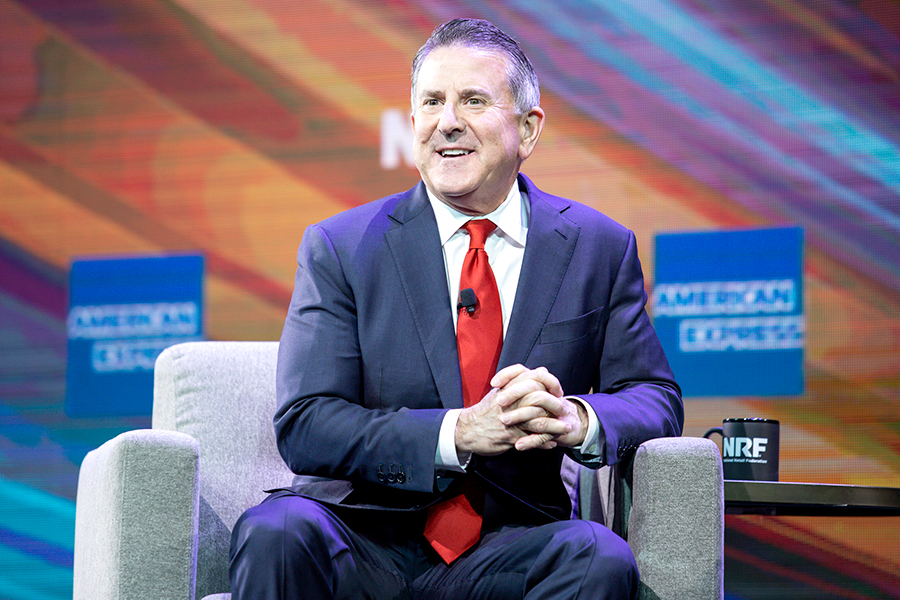
Back in 2017, a lot of TV and newspaper headlines were overtly speaking about a ‘Retail Apocalypse’ alluding to the theory that the rapid surge in e-commerce was going to completely mark the end of brick-and-mortar stores. There was a sense of panic with store closures, reducing footfall, retail bankruptcies and such. Retailers that were still announcing the opening of new stores or brick-and-mortar expansion plans were faced with criticism from the industry and media alike.
Cut to five years later… where although the narratives around the death of physical retail haven’t completely died down, industry experts have come to realise physical stores are still as important, if not more, as it always was. One such retailer who never gave up on the role that brick-and-mortar would continue to play in the success of its business was Target. Board Chairman and CEO Brian Cornell, recipient of the Visionary 2022 award, reveals how he withstood external pressures, to go ahead with his plan which included increased investments in new stores, fulfilment centres, and remodeling physical concepts.
“Despite some of the reports that physical retail is going to end, we said we’re going to put billions of dollars into remodelling stores, build new stores and urban centres on college campuses and new towns where Target had never been before; use stores as fulfilment centres and activate 1900 fulfilment centres across the country,” he said.
While the company was already on a growth trajectory in 2017-18, it was during the pandemic that Target started really reaping the benefits of all of these investments. “We’ve been a growth company in 2017-18, had momentum in 2019, but those investments in our stores, team and fulfilment was important during the pandemic. I didn’t know we would be facing the challenges we faced in the last couple of years, but those investments paid off.,” he explained.
One of the key investments was in curb-side pick-up facilities, which became especially useful during the pandemic, ensuring customers with the safety and convenience they needed at the time. “Customers were able to pull into the parking lot, pop the trunk, and the store staff would put the order in their trunk after which the customers could just drive away.”
For Brian, it was never either/or, when it came to bricks and clicks. He realised early on that, for a retailer to be successful it would need to be able to be where the customers wanted it to be – be it a physical presence, e-commerce website, or social media.
Tackling Challenges
Needless to say, the retail sector is still facing many challenges, but as long as the focus is on consumers and catering to their demands, the hope for the industry collectively and individual retailers is high.
“We’re still living with Covid, a new variant, supply chain challenges aren’t going away, we’re still talking about inflation and the impact it might have on the consumers, labour shortages, and overlapping of all the stimulus. The continued emphasis on agility, flexibility, and adaptability and staying focussed on the consumer is what has made us successful. Each day we are going to have listen to the customers and adjust our operations as needed.”
“A part of the supply chain challenge we faced was the unprecedented demand we got. There has been greater transparency in sharing information, and from a port standpoint there is an upstream in supply chains. For the long term, the infrastructure built over time will allow us to modernise our ports and improve our transportation and roads and bridges. But that’s not going to happen overnight. That’s the ‘over-the-years’ investment that allows for a state-of-the-art supply chain in the U.S versus the one that is laying behind. We need to use data and analytics to deal with some of the short-term issues as we wait for investments in infrastructure to make a step change in the overall country supply chain,” he concluded.
Notifications